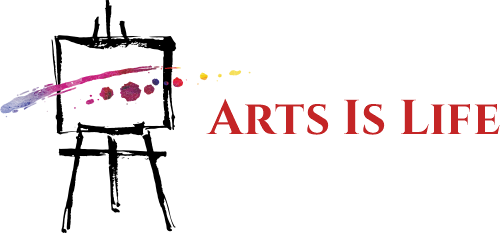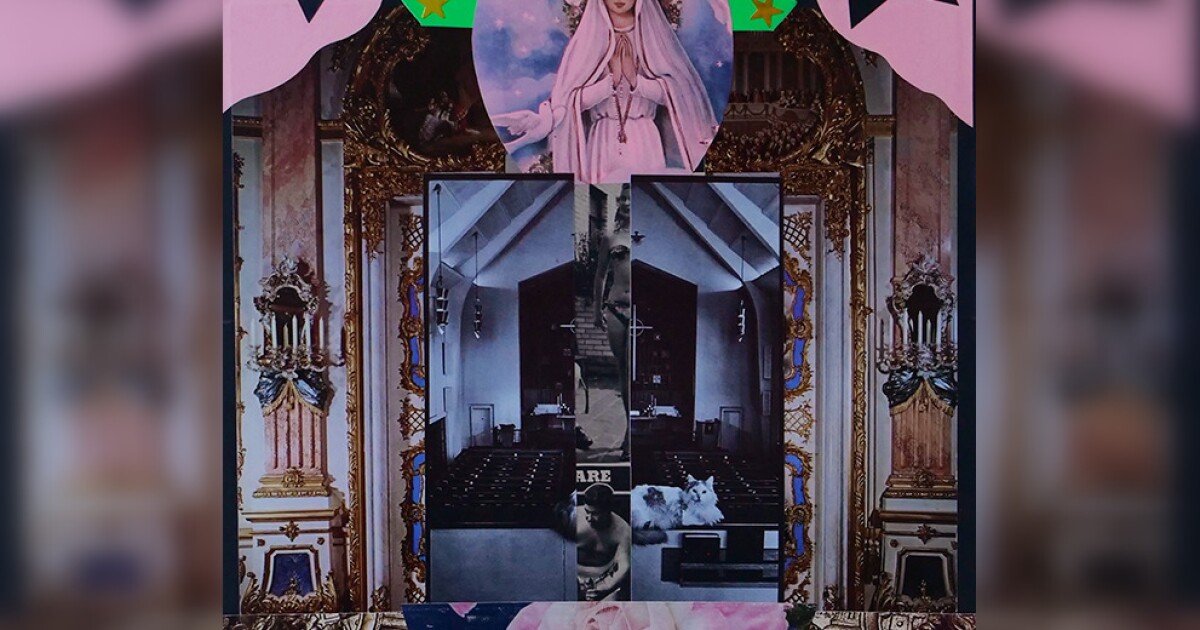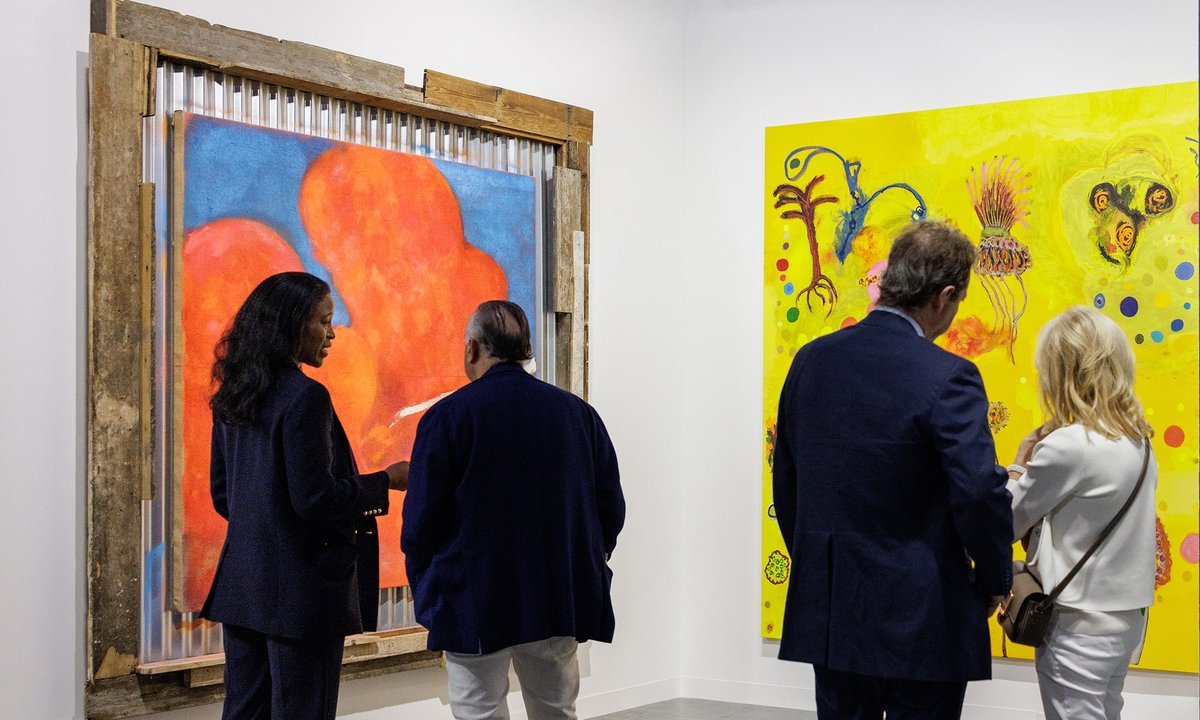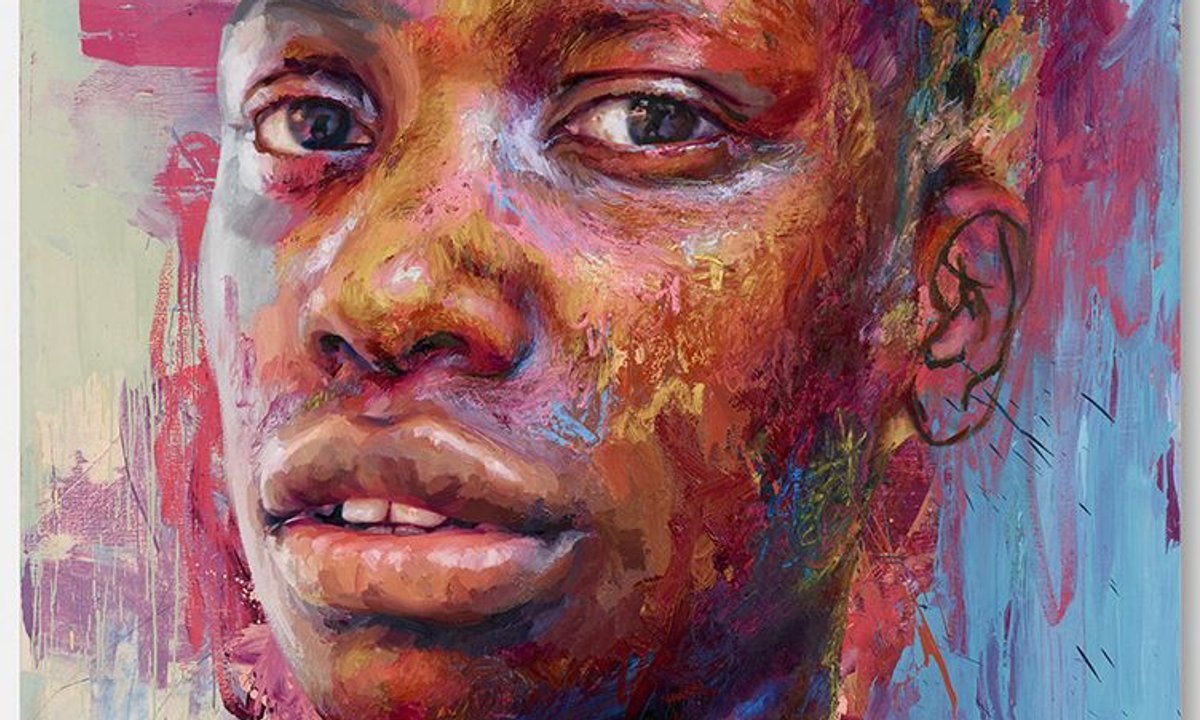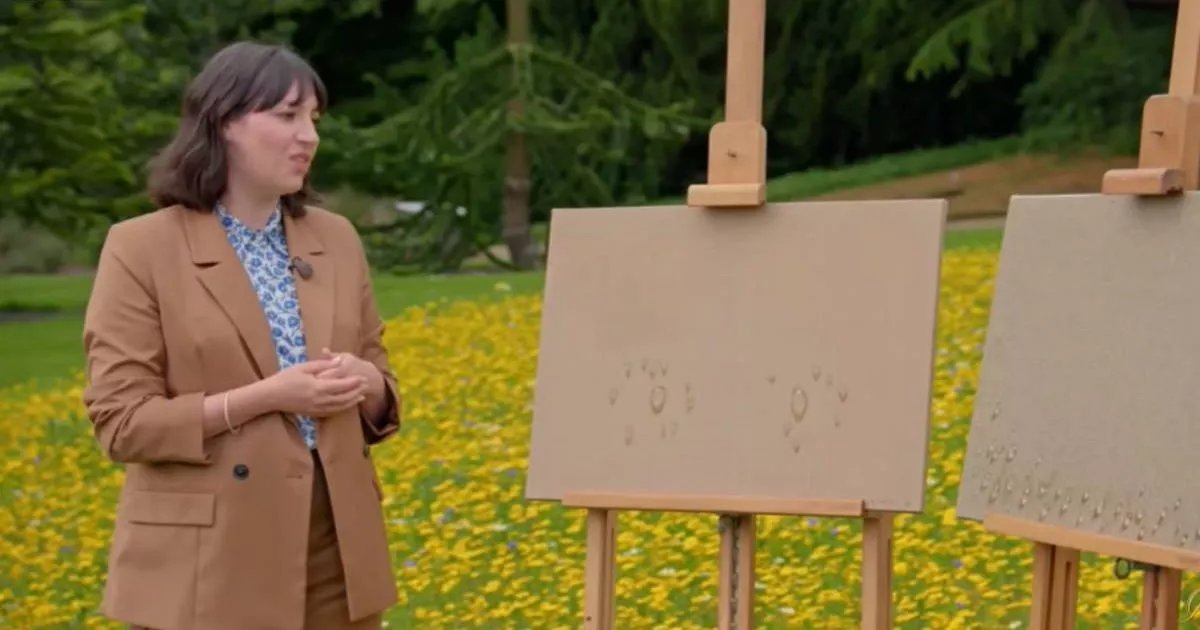These staging elements also included removing the women’s clothes. Their images became curios for what she describes as “pseudo-science” and were distributed as pornographic postcards. “They perpetuated the idea that black women were more sexual and that people from Africa were savages because they didn’t wear clothes,” says Adekunle.
Her decision to place herself in the image and mimic their pose is a gesture of solidarity and a symbol of the timelessness of these mistruths. “There’s a power struggle that happens when you have a photographer and a sitter, and even more so, when that photographer is a white man and the sitter is a black woman,” she says. “I didn’t want the images, this legacy in the relationship, to feel like it was only existing in the past.”
More like this:
• How the American Dream came to represent both a utopia and a dystopia
• The early Soviet images that foreshadowed fake news
• Drowning World: Striking photos of the climate crisis
While misrepresentation, as in the case of Bonaparte, can be disturbing, deception is something different in the work of British photographer Alison Jackson more than a century later. In her solo show at the Vrijthof, Royal Selfie appears to show Elizabeth II taking a family snap, while Trump and Money features an open-shirted Donald Trump lookalike with his arms around two women, and is one of several images in the show that play with public perceptions of the US presidential candidate.
Such realistic images – placing famous lookalikes in amusing or compromising situations – are a reminder, says the museum, “that we cannot trust our own eyes when it comes to photography”. Even the best-known faces in the world can fool us.
“The truth is dead,” Jackson says. “Nothing we are shown can be trusted; everything can be faked and nothing is authentic.” Jackson’s work was initially inspired by the mourning of the death of Diana, Princess of Wales by a public that had never met her, which she felt exposed a tension between perception and reality. Speaking to Euronews in 2020, she said: “We’ve got mistaken over what is real and what is not and that is what interests me… We’re prepared to go along with a bunch of media narratives – we’re all so surface.”
In Event of Moon Disaster and The Camera Never Lies: Challenging images through The Incite Project are at the Sainsbury Centre, Norwich until 4 August and 20 October respectively.
Photography through the lens of AI is at FOAM Photography Museum, Amsterdam until 11 September.
Truth is Dead is at the Fotomuseum aan het Vrijthof, Maastricht until 15 September.
—
If you liked this story, sign up for The Essential List newsletter – a handpicked selection of features, videos and can’t-miss news, delivered to your inbox twice a week.
For more Culture stories from the BBC, follow us on Facebook, X and Instagram.
